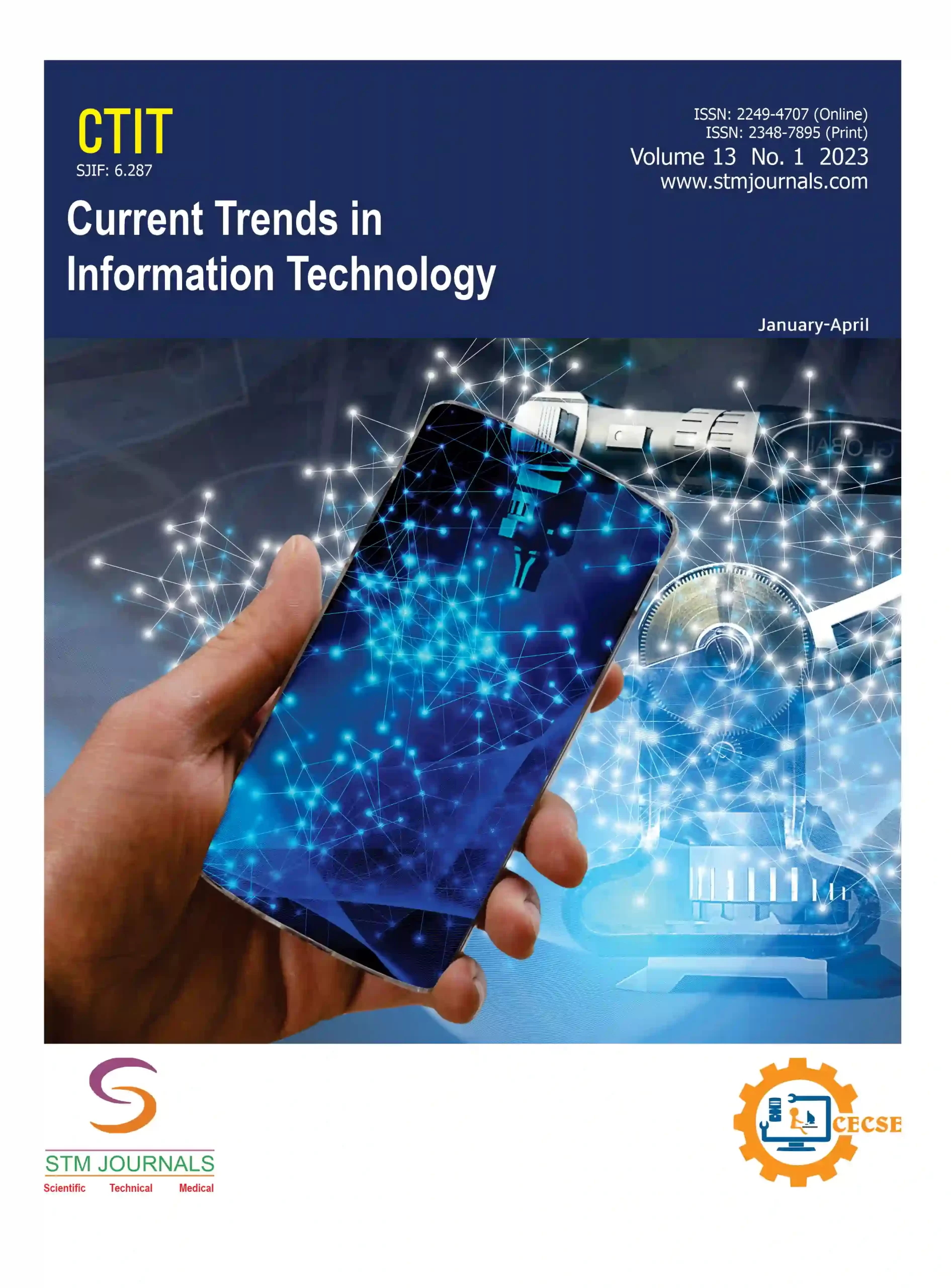[{“box”:0,”content”:”[if 992 equals=”Open Access”]
Open Access
n
[/if 992]n
n
n
n
n
- n t

n
Prashant J. Viradiya, Amit M. Goswami, Hirenkumar K. Mistry
[/foreach]
n
n
n[if 2099 not_equal=”Yes”]n
- [foreach 286] [if 1175 not_equal=””]n t
- Assistant Professor, Research Scholar, Research Scholar, Department of Computer Engineering, Research Scholar, Gyanmanjari Innovative University- GMIU, Bhavnagar, Department of Computer Engineering, Gyanmanjari Innovative University- GMIU, Bhavnagar, Department of Computer Engineering, Gyanmanjari Innovative University- GMIU, Bhavnagar, Gujarat, Gujarat, Gujarat, India, India, India
n[/if 1175][/foreach]
[/if 2099][if 2099 equals=”Yes”][/if 2099]nn
Abstract
nThis work provides an overview of Reinforcement Learning (RL), an important field of artificial intelligence (AI) aims to provide the long-term benefits by learning a relating with a given environment. It spells out everything, what agents and environments do to how rewards, states, and behaviours work. It spent lot of time on looking the most usable RL algorithms, like DQN, SARSA, and Q-Learning. These studies provide a clear view of RL it can be used in real life in many areas, like healthcare, robots, games, and self-driving cars. It provides a new idea for AlphaGo and self-driving warehouse robots to do this. Along with this probable future uses and study gaps, new developments in RL are also shown. The last part on talks about the effects of RL and how it might be used in the future. The study’s main objective is to give a short summary of RL, by including its current state, problems, and possible future directions, with a focus on how it changed over time help to make a technology better.
n
Keywords: Reinforcement Learning, Q-Learning, Robotics, Artificial Intelligence, SARSA, Deep Q-Networks.
n[if 424 equals=”Regular Issue”][This article belongs to Current Trends in Information Technology(ctit)]
n
n
n
n
n
nn
nn[if 992 equals=”Open Access”] Full Text PDF Download[else] nvar fieldValue = “[user_role]”;nif (fieldValue == ‘indexingbodies’) {n document.write(‘Full Text PDF‘);n }nelse if (fieldValue == ‘administrator’) { document.write(‘Full Text PDF‘); }nelse if (fieldValue == ‘ctit’) { document.write(‘Full Text PDF‘); }n else { document.write(‘ ‘); }n [/if 992] [if 379 not_equal=””]n
Browse Figures
n
n
n[/if 379]n
References
n[if 1104 equals=””]n
1. Brunke L, Greeff M, Hall AW, Yuan Z, Zhou S, Panerati J, Schoellig AP. Safe learning in robotics: From learning- based control to safe reinforcement learning. Annual Review of Control, Robotics, and Autonomous Systems. 2022 May 3;5:411-444.
2. Canese L, Cardarilli GC, Di Nunzio L, Fazzolari R, Giardino D, Re M, Spanò S. Multi-agent reinforcement learning: A review of challenges and applications. Applied Sciences. 2021 May 27;11(11):4948.
3. Dulac-Arnold G, Mankowitz D, Hester T. Challenges of real-world reinforcement learning. arXiv preprint arXiv:1904.12901. 2019 Apr 29.
4. Li SE. Deep reinforcement learning. InReinforcement Learning for Sequential Decision and Optimal Control 2023 Apr 6 (pp. 365-402). Singapore: Springer Nature Singapore.
5. Moerland TM, Broekens J, Plaat A, Jonker CM. Model-based reinforcement learning: A survey. Foundations and Trends® in Machine Learning. 2023 Jan 3;16(1):1-18.
6. Oh J, Hessel M, Czarnecki WM, Xu Z, van Hasselt HP, Singh S, Silver D. Discovering reinforcement learning algorithms. Advances in Neural Information Processing Systems. 2020;33:1060-70.
7. Busoniu L, Babuska R, De Schutter B, Ernst D. Reinforcement learning and dynamic programming using function approximators. CRC press; 2017 Jul 28.
8. Muhalia E, Ngugi P, Moronge M. Effect of Transportation Management Systems On Supply Chain Performance Of Fmcg In Kenya. American Journal of Supply Chain
Management. 2021 Jan 9;6(1):1-2.
9. West DM. The future of work: Robots, AI, and automation. Brookings Institution Press; 2018 May 15.
10. Sana F, Azad NL, Raahemifar K. Autonomous Vehicle Decision-Making and Control in Complex and Unconventional Scenarios—A Review. Machines. 2023 Jun 23;11(7):676.
nn[/if 1104][if 1104 not_equal=””]n
- [foreach 1102]n t
- [if 1106 equals=””], [/if 1106][if 1106 not_equal=””],[/if 1106]
n[/foreach]
n[/if 1104]
nn
nn[if 1114 equals=”Yes”]n
n[/if 1114]
n
n
n
n
n
| Volume | 14 |
| [if 424 equals=”Regular Issue”]Issue[/if 424][if 424 equals=”Special Issue”]Special Issue[/if 424] [if 424 equals=”Conference”][/if 424] | 01 |
| Received | January 17, 2024 |
| Accepted | February 13, 2024 |
| Published | March 26, 2024 |
n
n
n
n
n
nn function myFunction2() {n var x = document.getElementById(“browsefigure”);n if (x.style.display === “block”) {n x.style.display = “none”;n }n else { x.style.display = “Block”; }n }n document.querySelector(“.prevBtn”).addEventListener(“click”, () => {n changeSlides(-1);n });n document.querySelector(“.nextBtn”).addEventListener(“click”, () => {n changeSlides(1);n });n var slideIndex = 1;n showSlides(slideIndex);n function changeSlides(n) {n showSlides((slideIndex += n));n }n function currentSlide(n) {n showSlides((slideIndex = n));n }n function showSlides(n) {n var i;n var slides = document.getElementsByClassName(“Slide”);n var dots = document.getElementsByClassName(“Navdot”);n if (n > slides.length) { slideIndex = 1; }n if (n (item.style.display = “none”));n Array.from(dots).forEach(n item => (item.className = item.className.replace(” selected”, “”))n );n slides[slideIndex – 1].style.display = “block”;n dots[slideIndex – 1].className += ” selected”;n }n”}]


